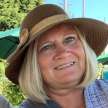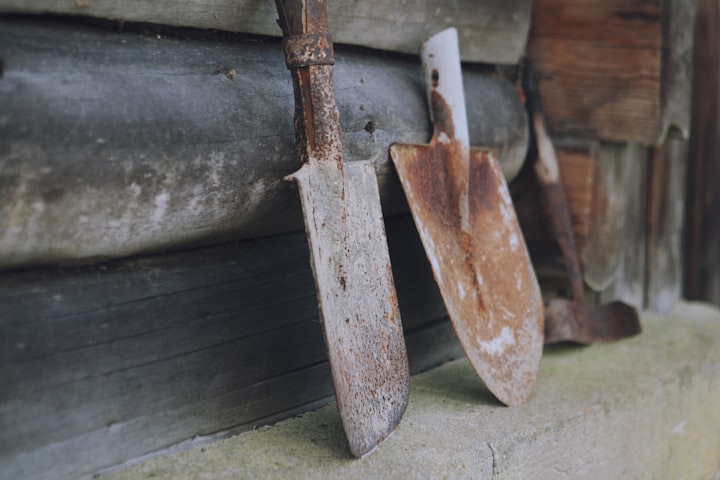
Anyone who has raised children knows homework challenges parents as much as students.
I remember a time when Kari, our oldest daughter, shared excitement for a homework project -planning, and talking for days about the design for a school poster assignment. I remember thinking, “How wonderful, she is putting so much thought into this assignment” and offered encouragement for each new idea.
But as she sat down to begin the task which required several hours of labor and concentration I asked, “When is your poster due?”
She calmly replied, “Oh, I forgot. It’s due tomorrow.”
At the early age of 8, she demonstrated procrastination in action.
My brain screamed, “I am a failure as a mother!” as I glanced at the clock and watched her begin the task. With her enthusiasm intact, the poster board absorbed her creativity. The hands of the clock rotated a complete revolution and her excitement waned as did my patience. What started out an entertaining task quickly changed into a race against time as Kari’s interest dwindled and bedtime approached.
I began to question not my child, but my role as a parent. Should I expect perfection? Coloring and cutting became less accurate as she progressed. Am I responsible for her deadlines? She is only in the third grade. Do her frustrations reflect on my ability as a mother? My teaching experience should have prepared me for this. The answers presented themselves through a lesson from the previous morning’s sermon.
A speaker from Lutheran Social Services coached the congregation on the importance of functioning together as a team. People need to depend upon others to complete tasks and receive support. He offered an analogy.
Geese fly in V formation for aerodynamic reasons. The leader at the point of the V fractures the wind for the rest of the flock. The trailblazer’s effort creates less resistance for the others. I was impressed to hear, however, that the leaders alternate as they become tired. In this way, each member of the flock rotates through the position. The pastor continued to point out that if one goose cannot continue the journey, two others drop back to support the straggler. The birds’ instincts understand the importance of supporting all members of their flock.
I realized a parent’s role is to make life’s journey easier for their children. We must lead to show a path of least resistance, but children must be ready to replace adults and accept responsibility.
I was reminded of what I’ve said to students’ parents at conferences, “We can support and give guidance to our children, but the task is theirs to complete. Parents cannot be expected to carry their load.”
So, on that night many years ago, I sat beside my child as she finished a poster – well past her bedtime. I read children’s riddles; she laughed and worked. What could have been a time of tears and trials turned into a celebration as she shared her work of art with the rest of the family.
Through her procrastination, she acquired knowledge that the teacher had not assigned. Planning and designing begins the process but time and work finishes the job. As I tucked her in bed, she thanked me for helping her with the poster. The extent of my help was to sit beside her, thus allowing her to accept responsibility, complete the task and touch success.
Recently, this event flooded my memories as I observed our grown daughters and their husbands apply nature’s lessons from the geese.
Lessons from geese about responsibility
Kari suffered a stroke in September of 2018. She was in the hospital for 43 days and life changed for our family.
In adulthood, Kari served as the go to person for the family – always available to listen to our rants, babysit for her sister, keep score at softball games, help with computer problems, and insure kids completed homework.
Her hospitalization required her to rest as Dan, her husband, landed beside her in the hospital to protect and support. Without hesitation, Kat and DC, our youngest daughter and her husband, filled the position at the point of the V blocking any resistance for the rest of the flock. They adopted their nieces, Eliza and Jodi, into their home and quickly developed skills necessary for survival.
Kat learned to braid hair and read bus schedules while DC became a math tutor to Eliza and performer with Jodi as they practiced lip-syncing for drama class. They applied the geese’s lesson by filling the void of the fallen member of the flock. Their acceptance of new life changing roles allowed the rest of the family to aid Kari’s recovery and kept life as normal as possible for the children.
Together, they confronted parenting events that their 2-year-old daughter had not yet required. They began “adulting” (Kat’s word) at a whole new level.
About the Creator
Brenda Mahler
Travel
Writing Lessons
Memoirs
Poetry
Books AVAILABLE ON AMAZON.
* Lockers Speak: Voices from America's Youth
* Understanding the Power Not Yet shares Kari’s story following a stroke at 33.
* Live a Satisfying Life By Doing it Doggy Style explains how humans can life to the fullest.






Comments
There are no comments for this story
Be the first to respond and start the conversation.